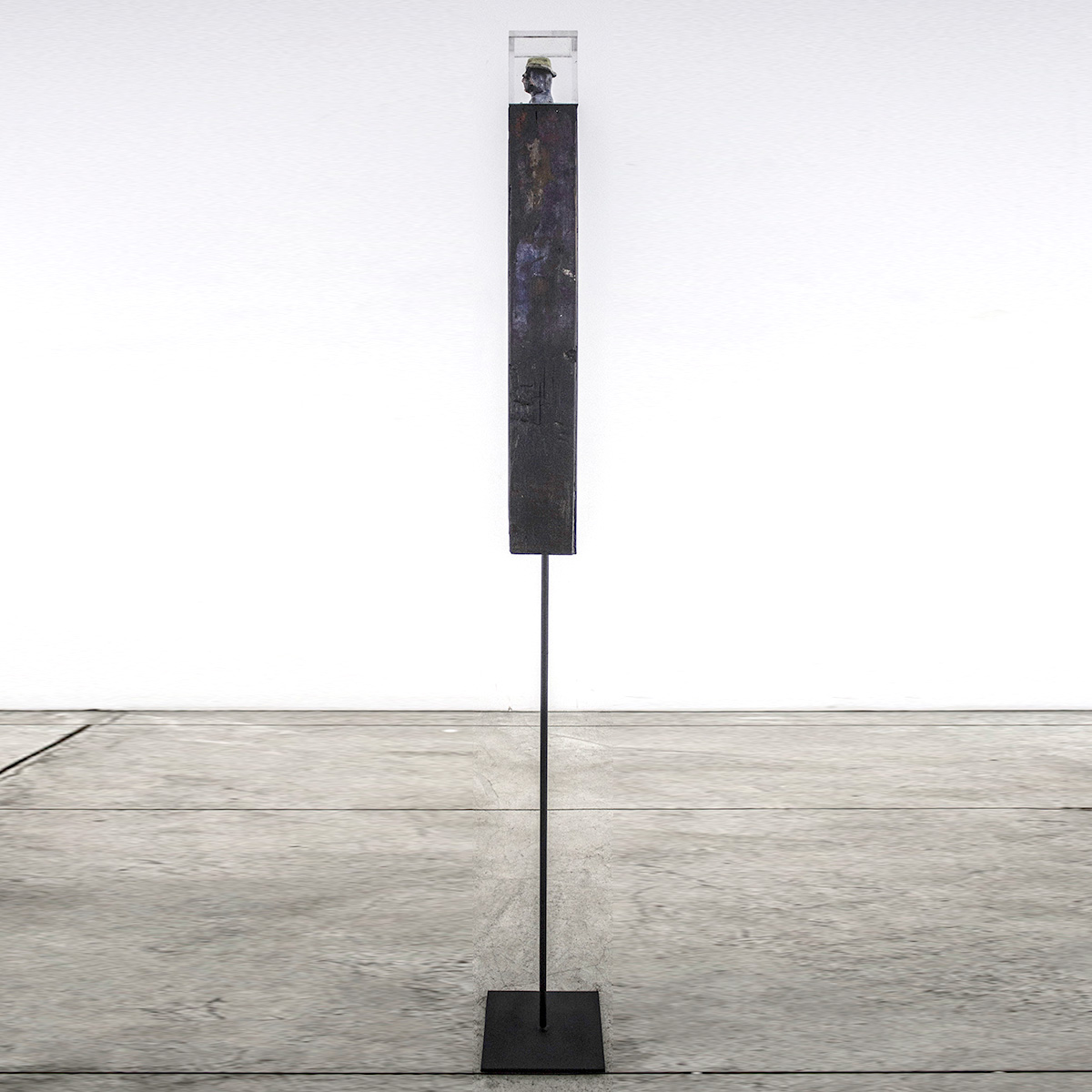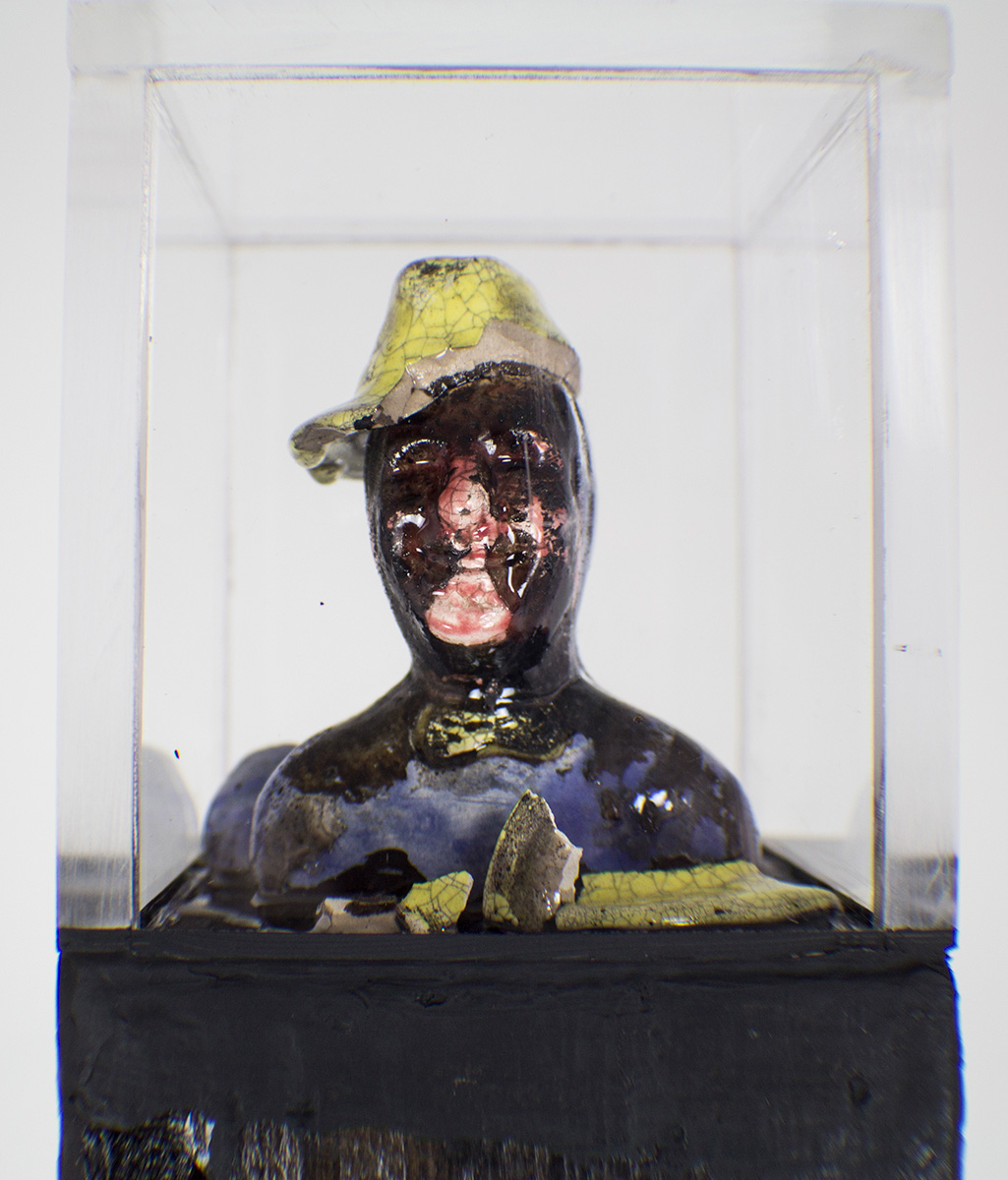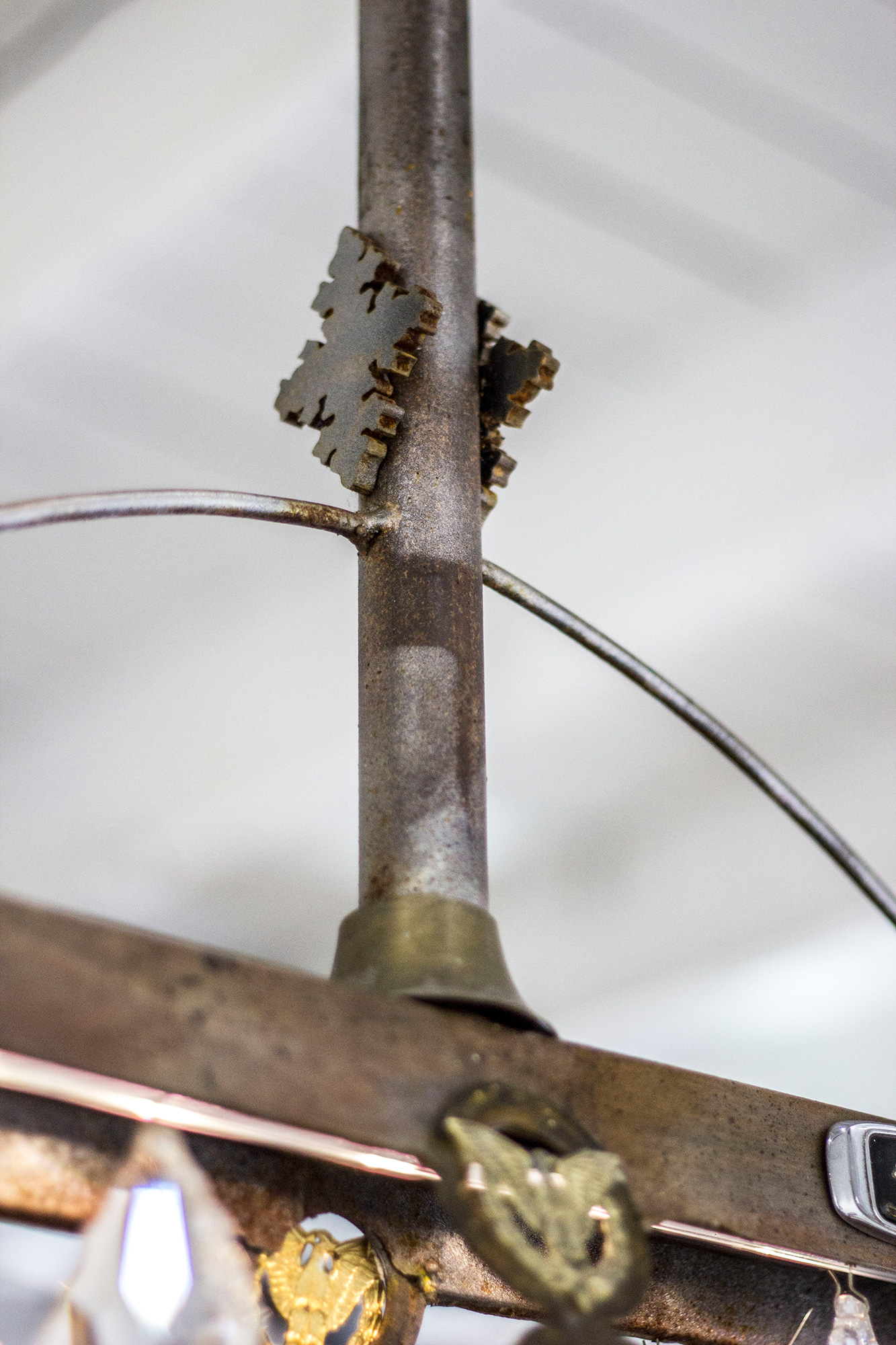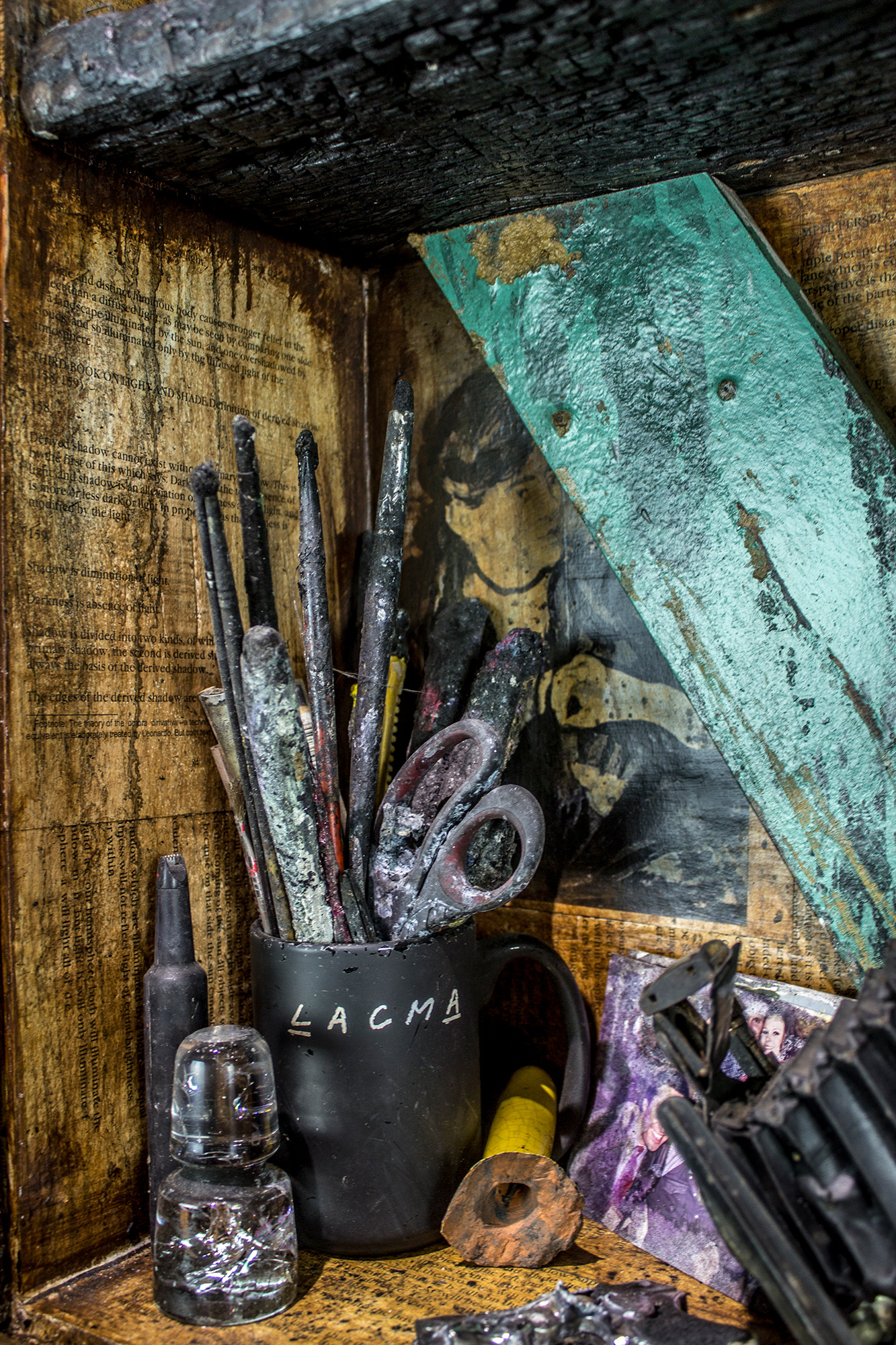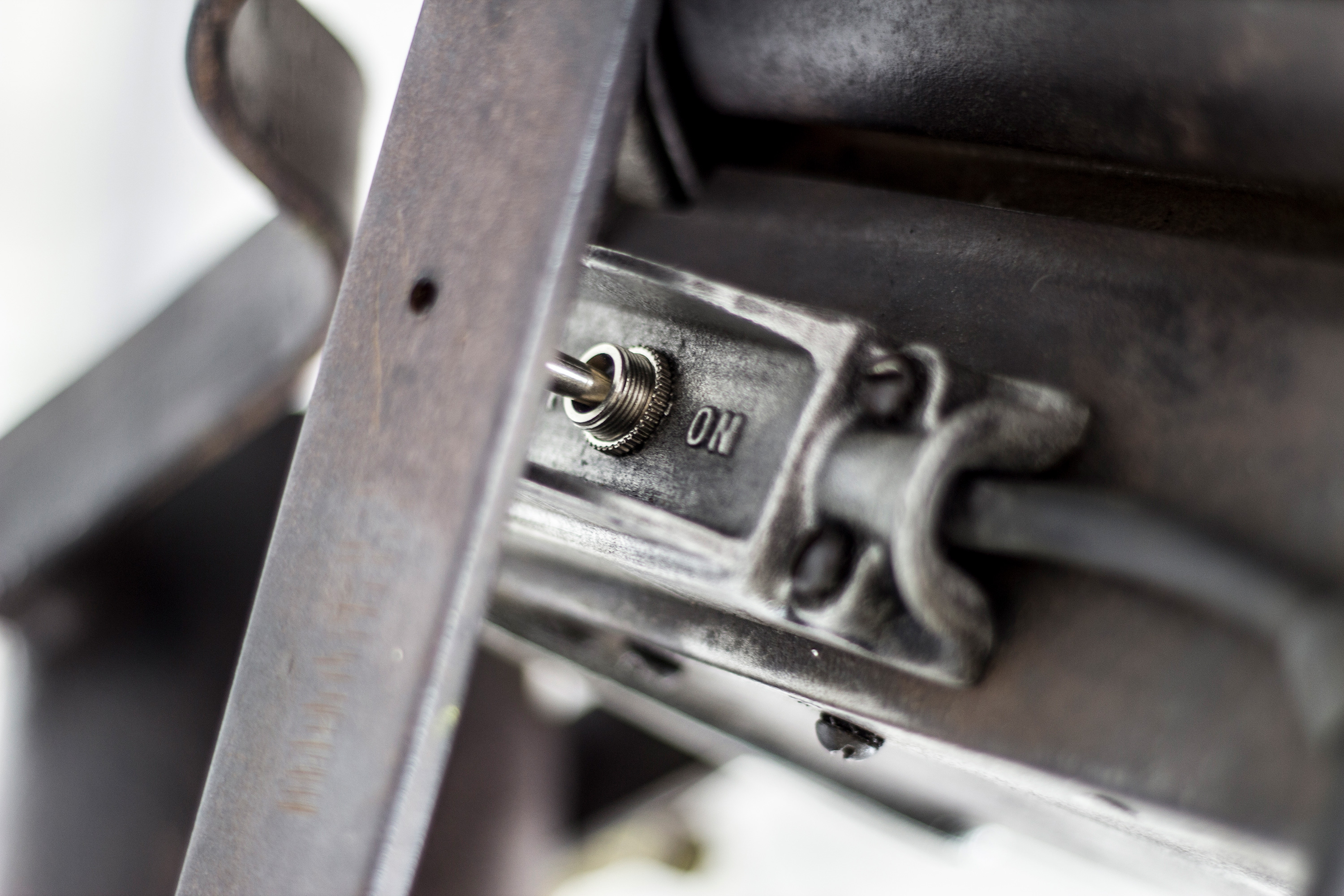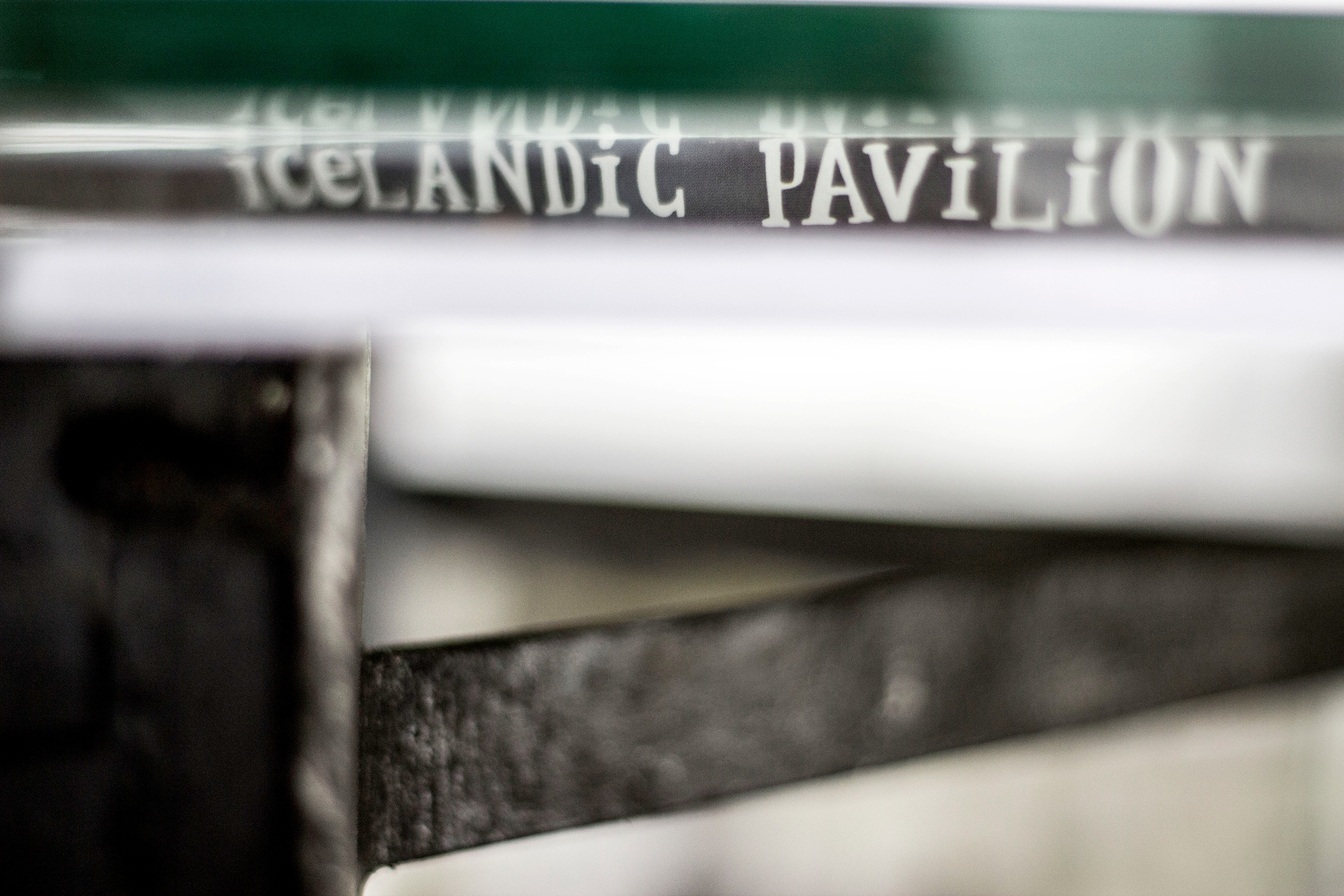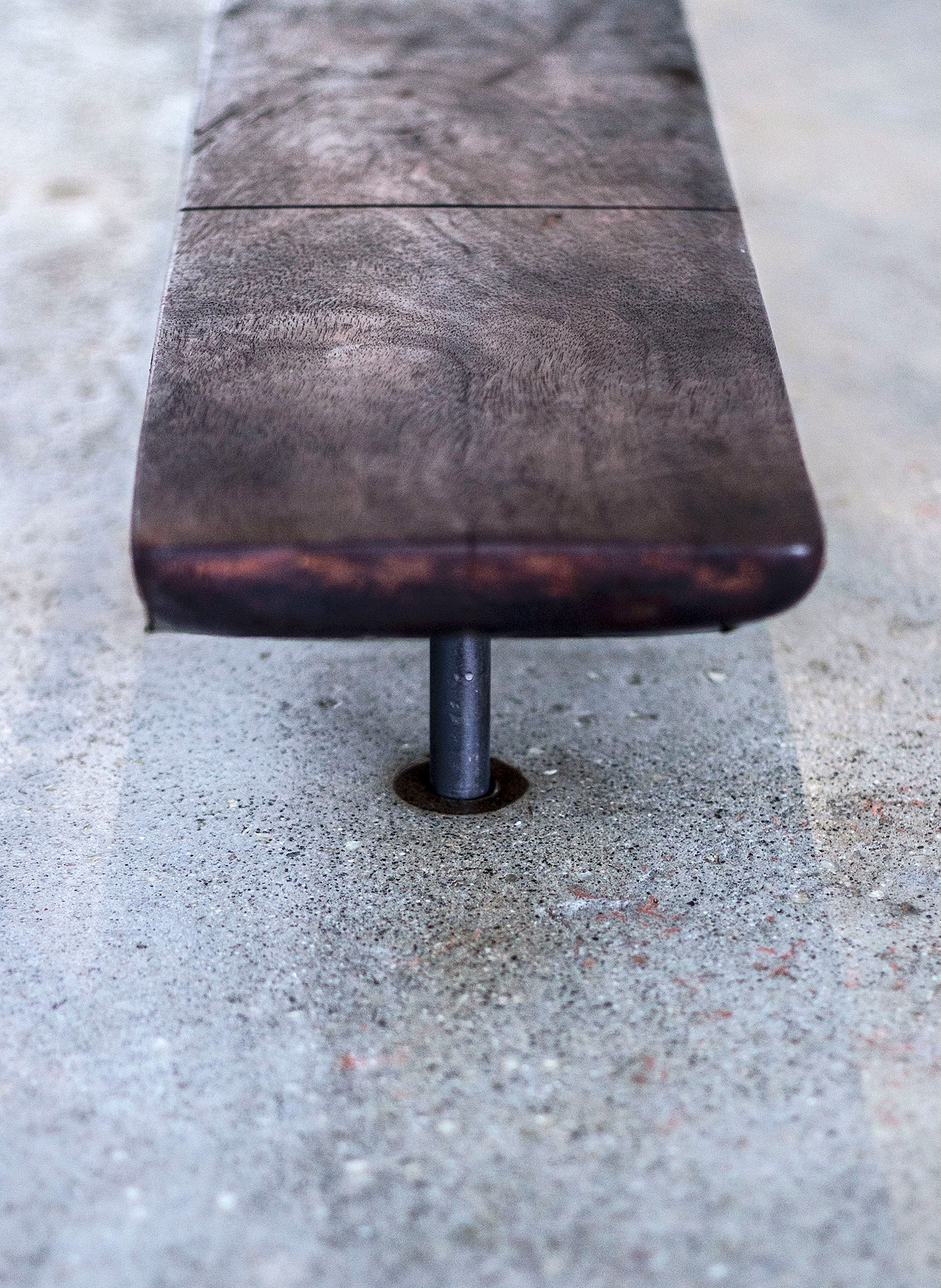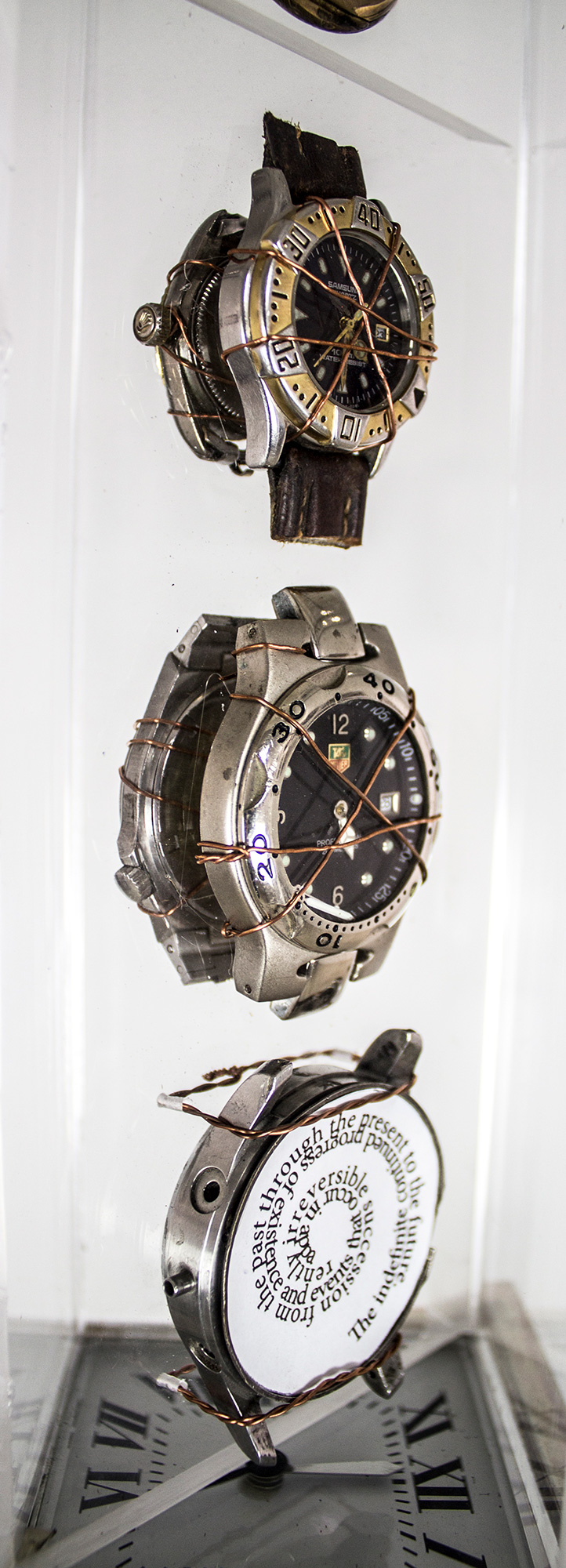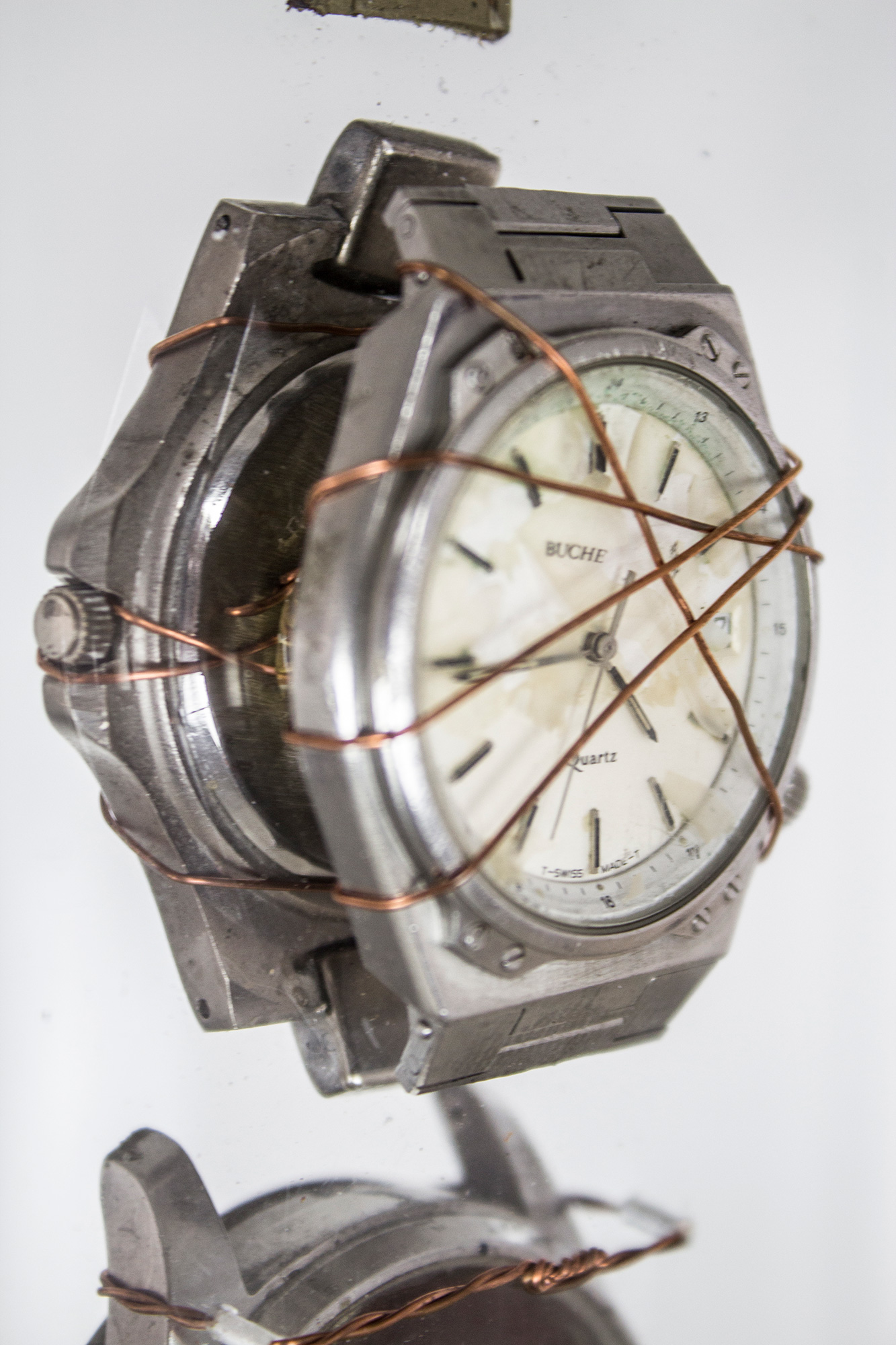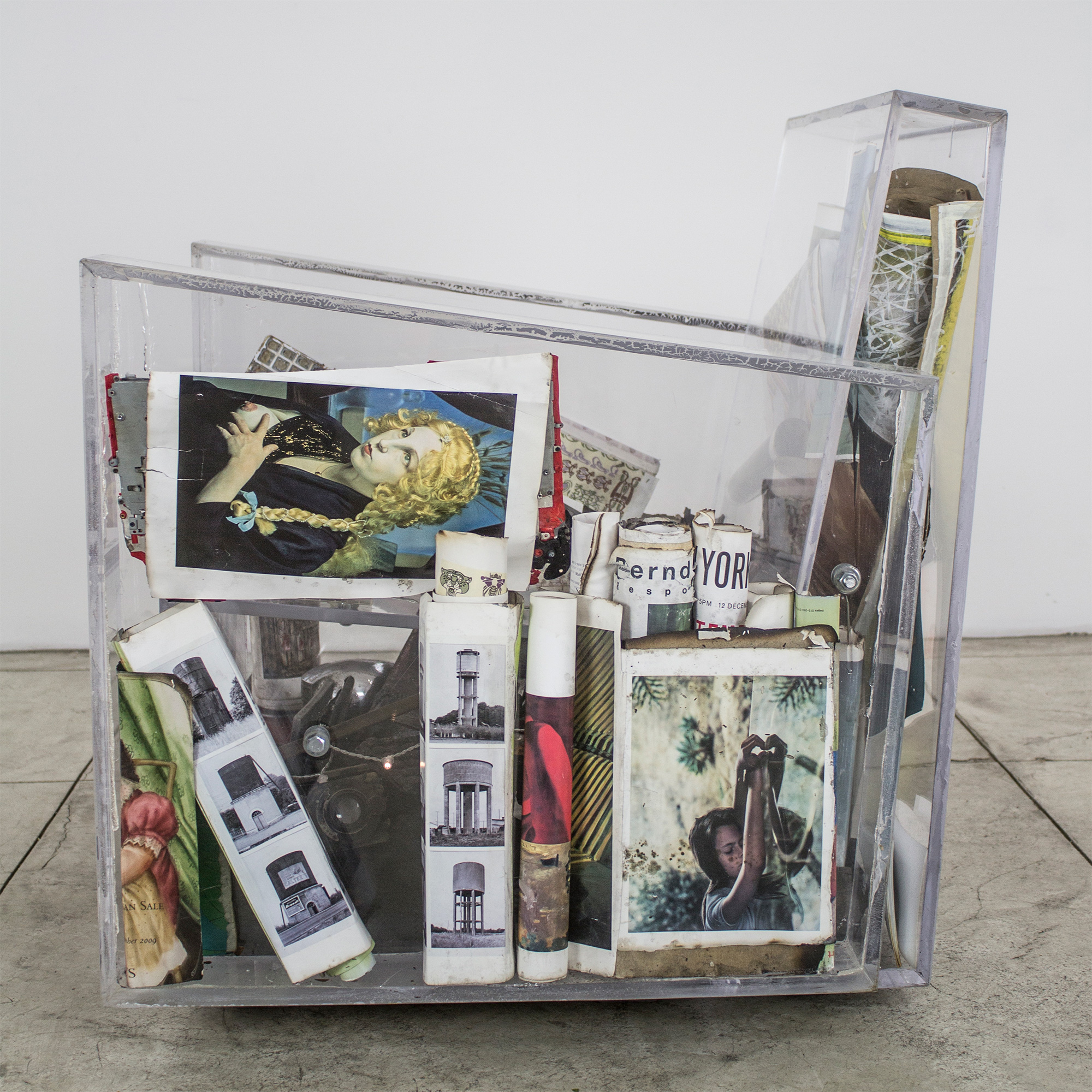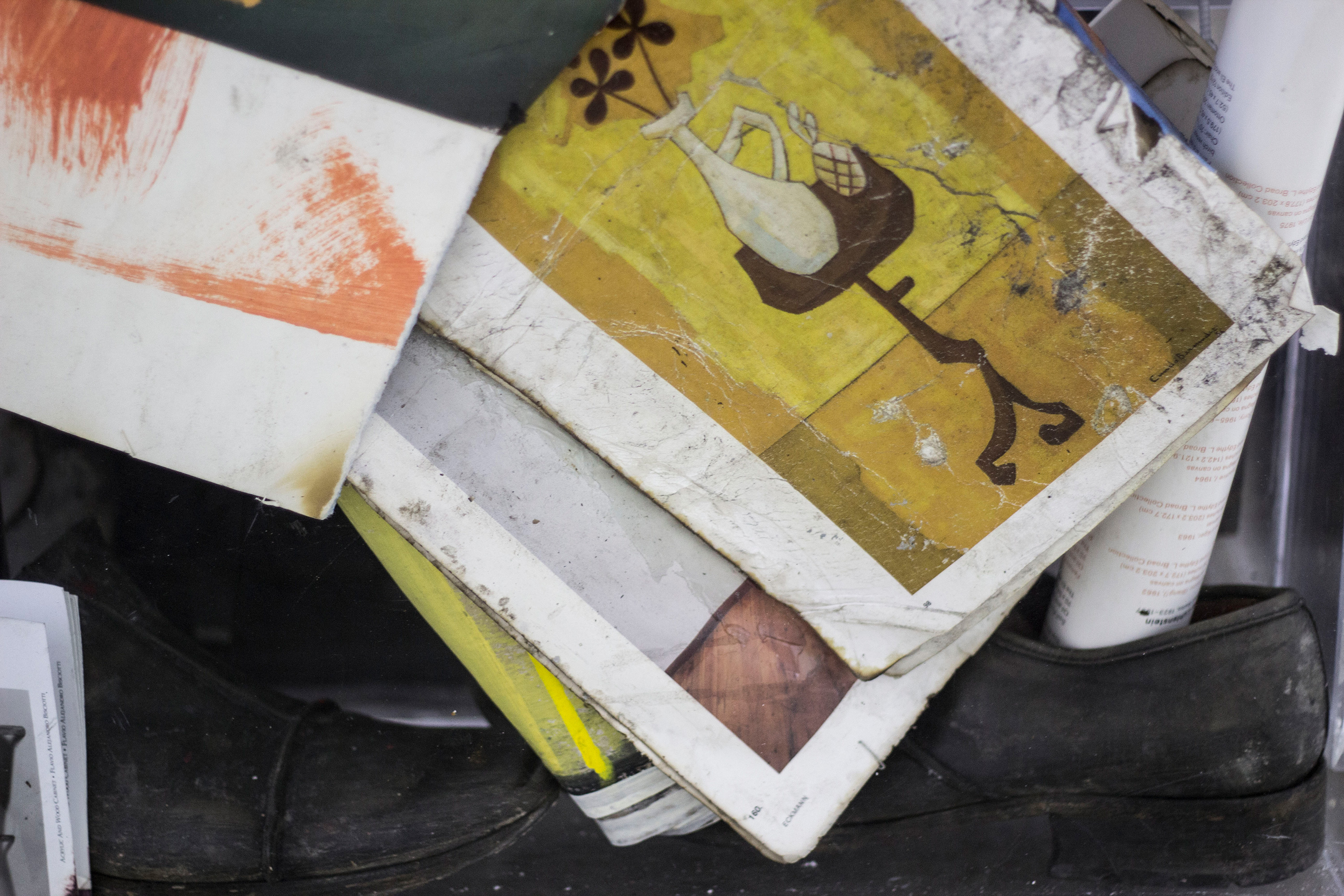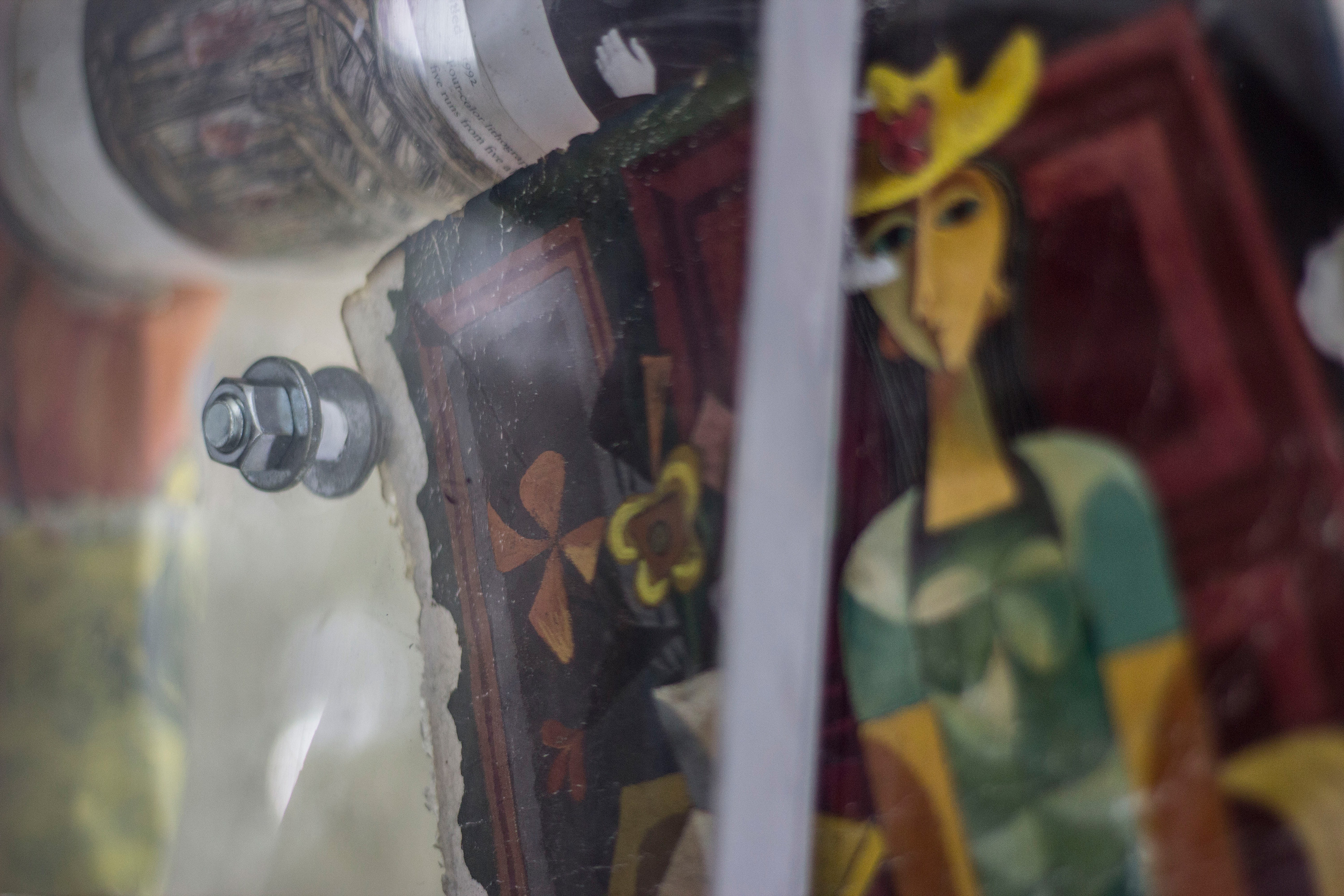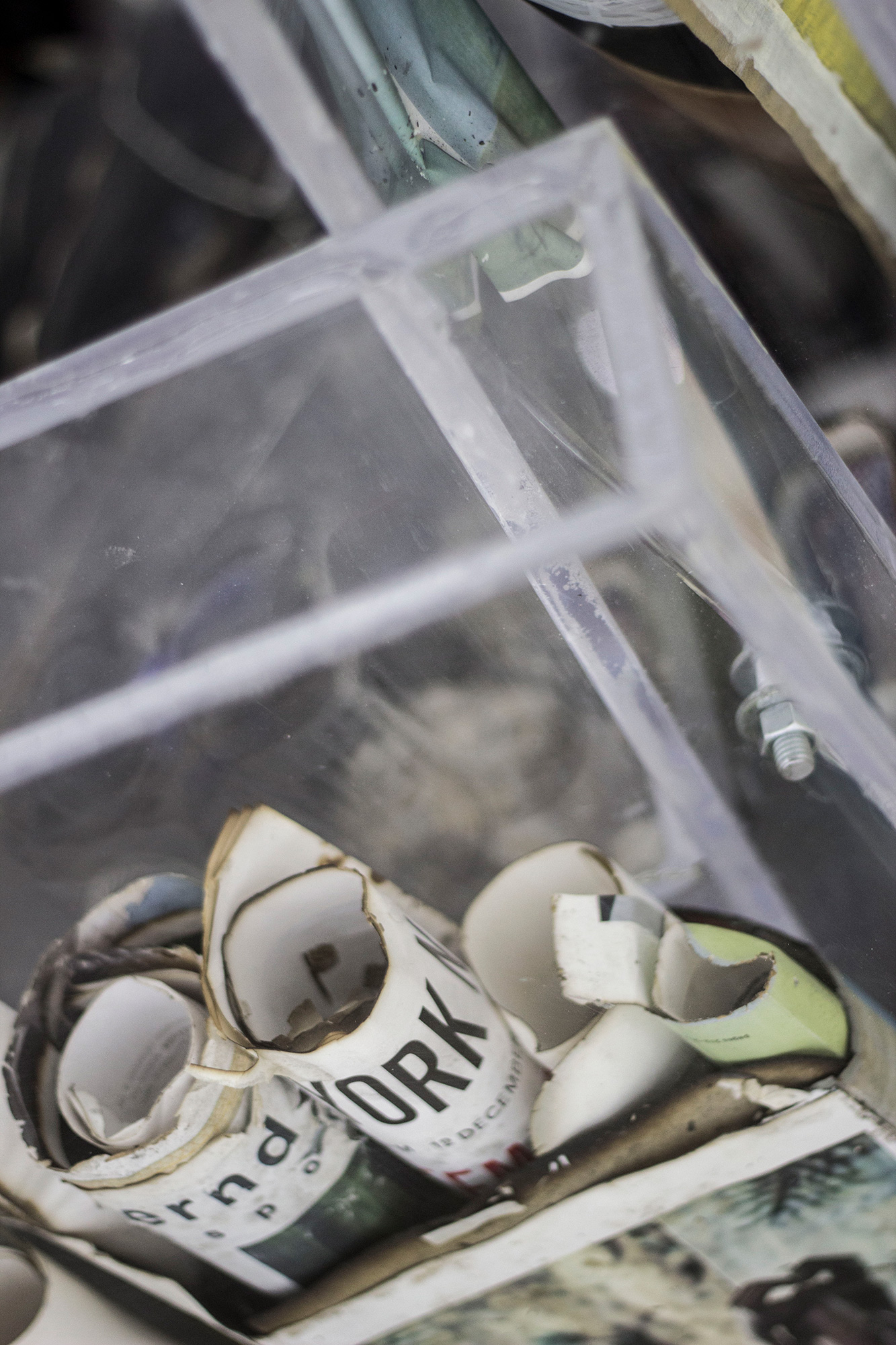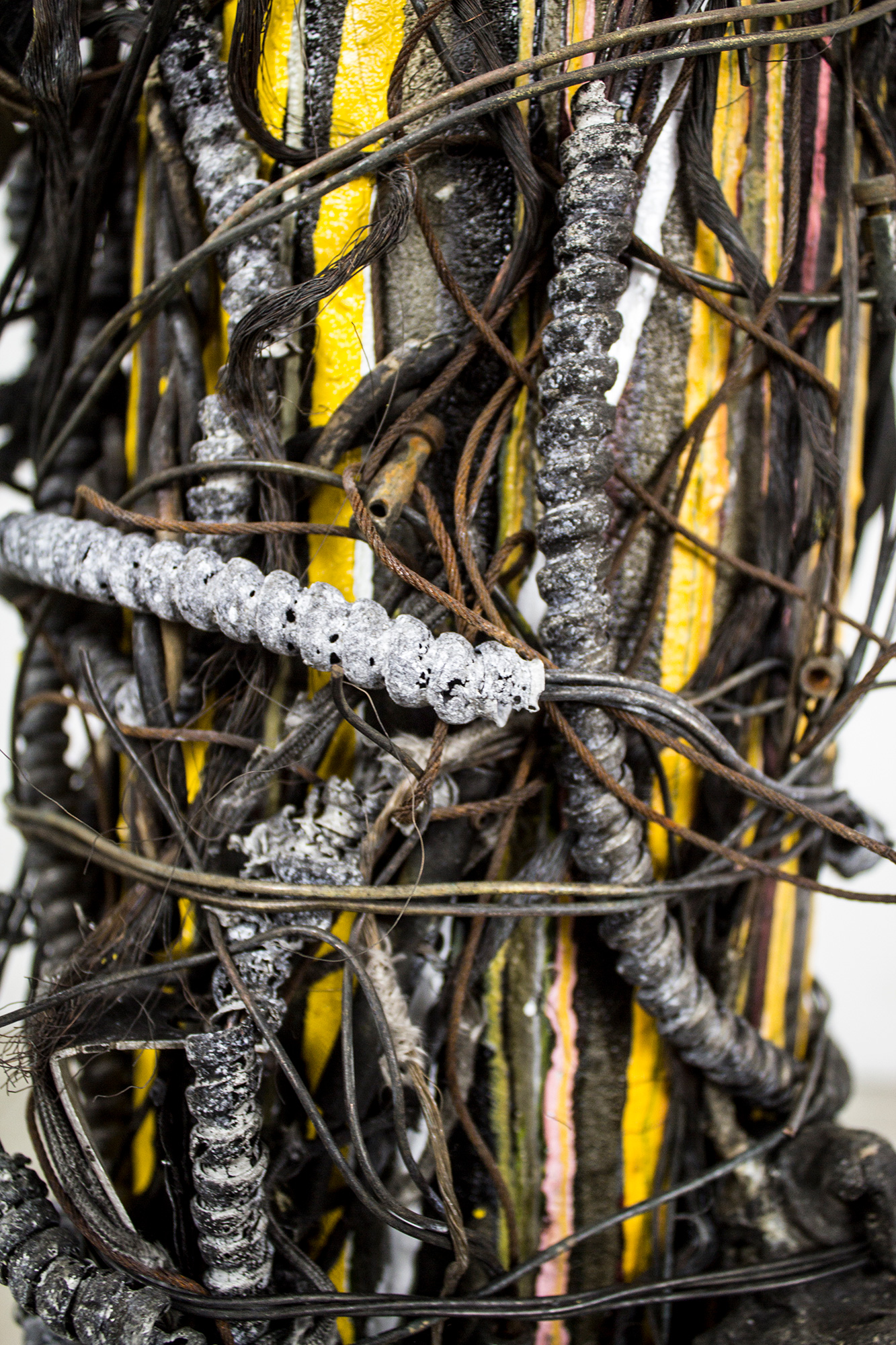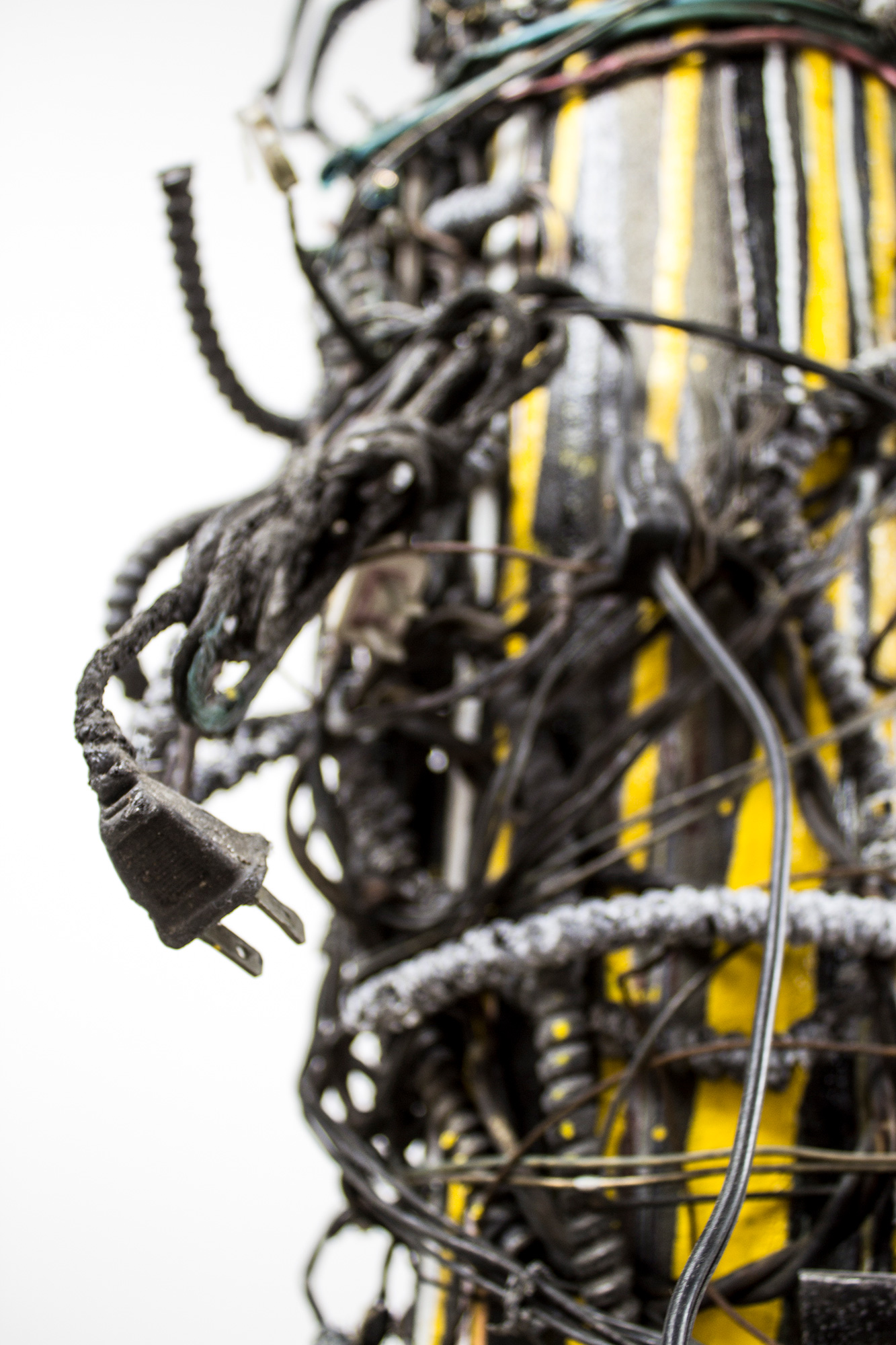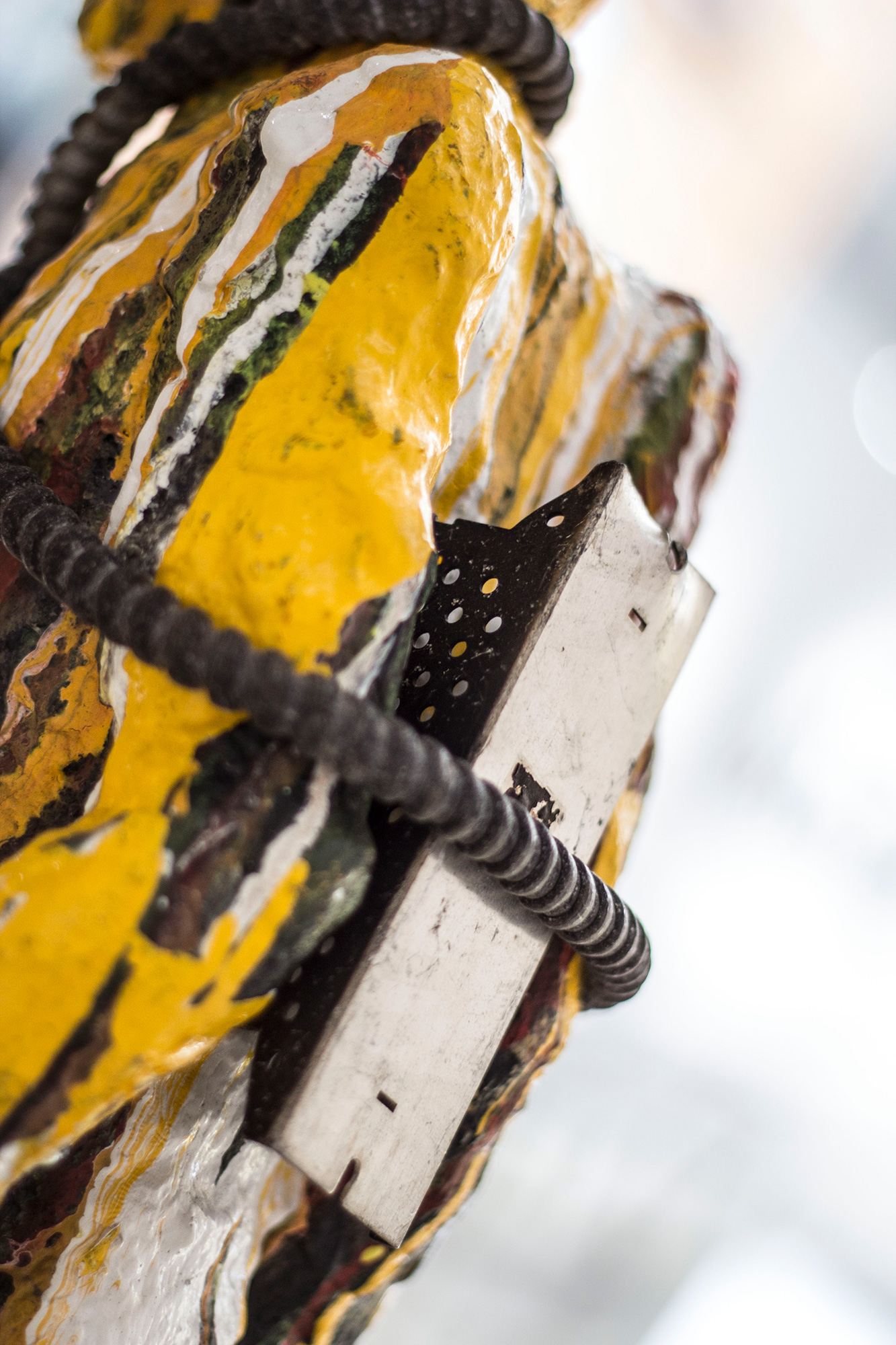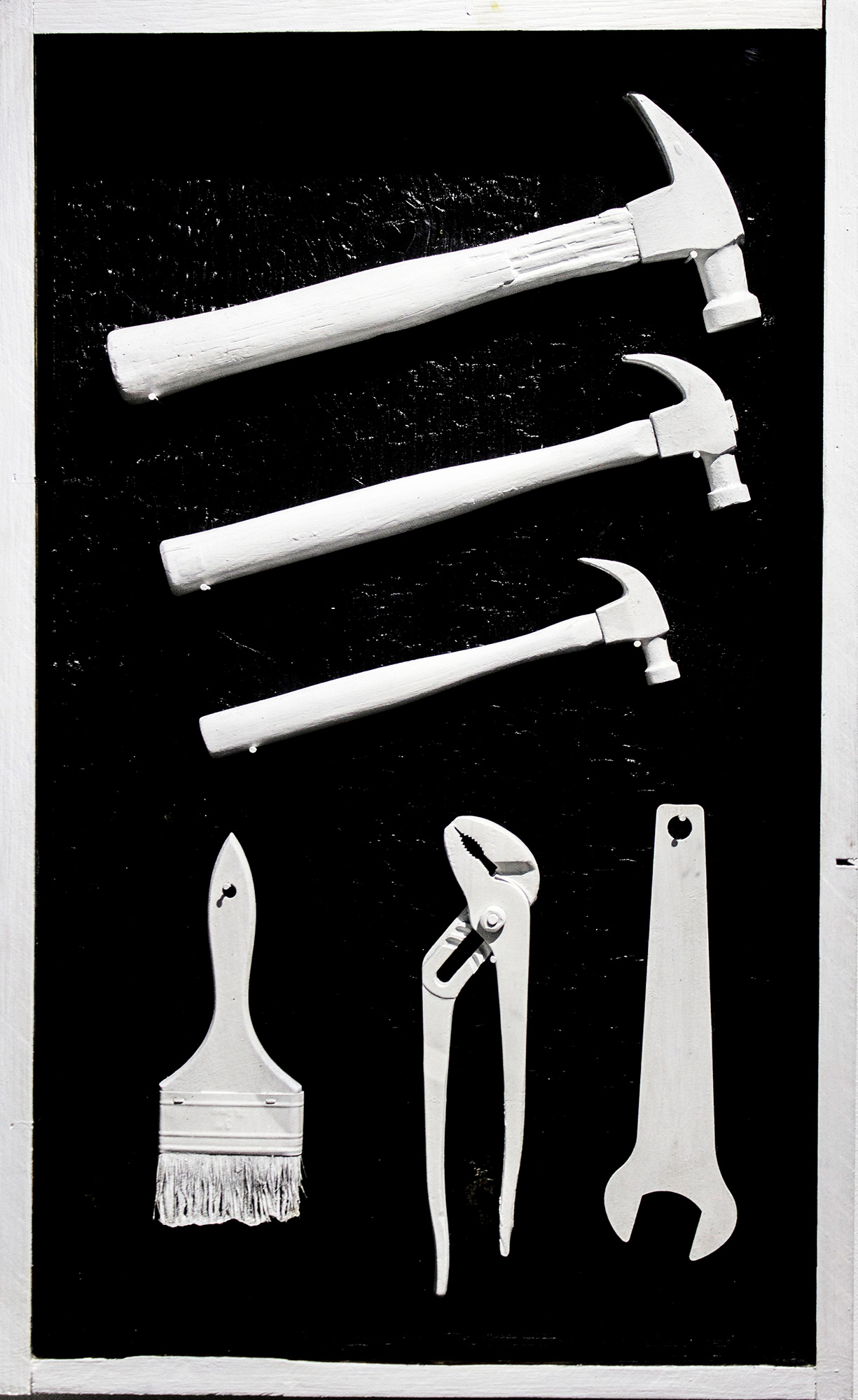Objects from the Ashes
These particular pieces are inspired by the remains of my studio which burned down in a fire. I wanted to keep the memories not just of the terrible event, but as significant reminders of the objects themselves which belonged to me as part of my personal collection. These are some of the objects from my studio that have significant personal value and are evocative of a place where I was able to dream and create and able to sift through the past: Books photographs, paints, brushes, watches, paintings, drawings, journals, etc.
FlavioFLAVIO BISCIOTTI: OBJECTS FROM THE ASHES
By Peter Frank
If Bisciotti can appear as ad hoc as his assembling compeers, he can and has fully committed himself to assemblage techniques and methods in the face of personal tragedy and loss. A fire almost four years ago destroyed much of his Venice home and studio. Rather than immobilize him, the event spurred him to inventive response, prompting him to make the most of what was left. The charred and doused detritus became “filler” material for a series of large seats made out of transparent acrylic — seemingly cobbled together, but in fact carefully and lovingly fashioned. Their contents were treated with similar respect; for all their wounded grime, the books and papers and personal items Flavio rescued (well, half-rescued, half-disinterred) from the flames comprise a portrait of the artist and his milieu. The bulky, boxy structures entombing this stuff are thus not simple coffins for inanimate keepsakes, but sarcophagi for the remains of a civilization, as maintained by one of that civilization’s artists. As you sit on these chairs and couches, or even just inspect them, you feel a presence radiating out of them, a time and place bigger than a house fire and bigger than a single human. It is the early 21st century, roiling with the spirit of change and rising, continually, from the ashes.
Bisciotti paints architecture — paints whole towns, really — as the meeting place of design, space, and history. His canvases thrum with an urban strangeness, a De Chirico-like sense of an overfull emptiness born of longing and curiosity. In his furniture, Bisciotti moves from eye to hand to give solid form to that longing and curiosity, and to mitigate that overfullness with something palpable, reassuring, yet as vital as the metropolitan, and modernist, spirit they celebrate. Flavio Bisciotti would bring the urban germ back to us, as much in his assertive, cleverly built furniture as in his poignantly described paintings and drawings. Take a seat and live amongst the edifices.




